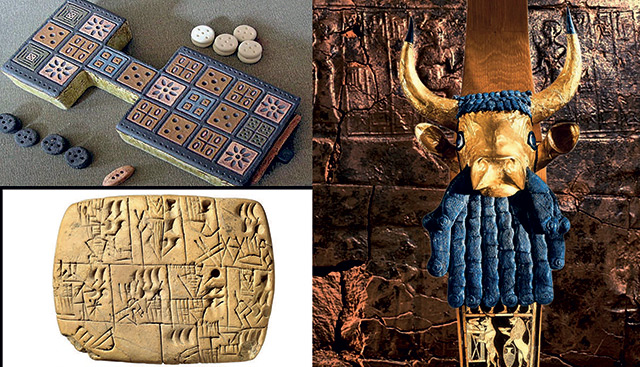Ancient Sumer: the cradle of civilisation
Primary History article

In 1936 the next eagerly awaited Agatha Christie novel had just been published and readers were transported to a region that, from 1922 had been named Iraq, but through history had been part of Mesopotamia. The plot focuses on an archaeological dig that was taking place there, the victim is the rather tyrannical wife of the archaeologist and the thriller plays out against the background of precious discoveries being smuggled out of the country. The story is exciting with many twists and turns in terms of the plot but the real people, places and events which inspired it are even more fascinating. Secret messages, mass graves, riches beyond belief, scandal and robbery; it was no wonder that the discoveries at Ur equalled those of Howard Carter in Egypt.
So why begin this article with Agatha Christie? What has she got to do with a study of ancient Sumer? A chance meeting with two acquaintances who had just come back from the area resulted in Agatha taking the Orient Express and arriving in Basra. Once there she became friends with the Woolleys, Leonard and his wife Katharine, and she witnessed first-hand the disappointment and triumphs of a dig. She also fell in love with the assistant archaeologist, Max Mallowan, who was to become her second husband. Hardly surprising then that she used these experiences to write her novel! Through her books, through newspapers from the time and through the diaries of Woolley himself, we can get a real insight into the mania for rediscovering lost worlds which was a feature of the 1920s and 1930s. Our understanding of the past is a palimpsest of unknown voices that are present as the archaeologist delves down into the layers of history. So why not stop the clock in the 1920s and start the story of Ur through the eyes of the archaeologists who discovered its treasures?...
This resource is FREE for Primary HA Members.
Non HA Members can get instant access for £2.49


